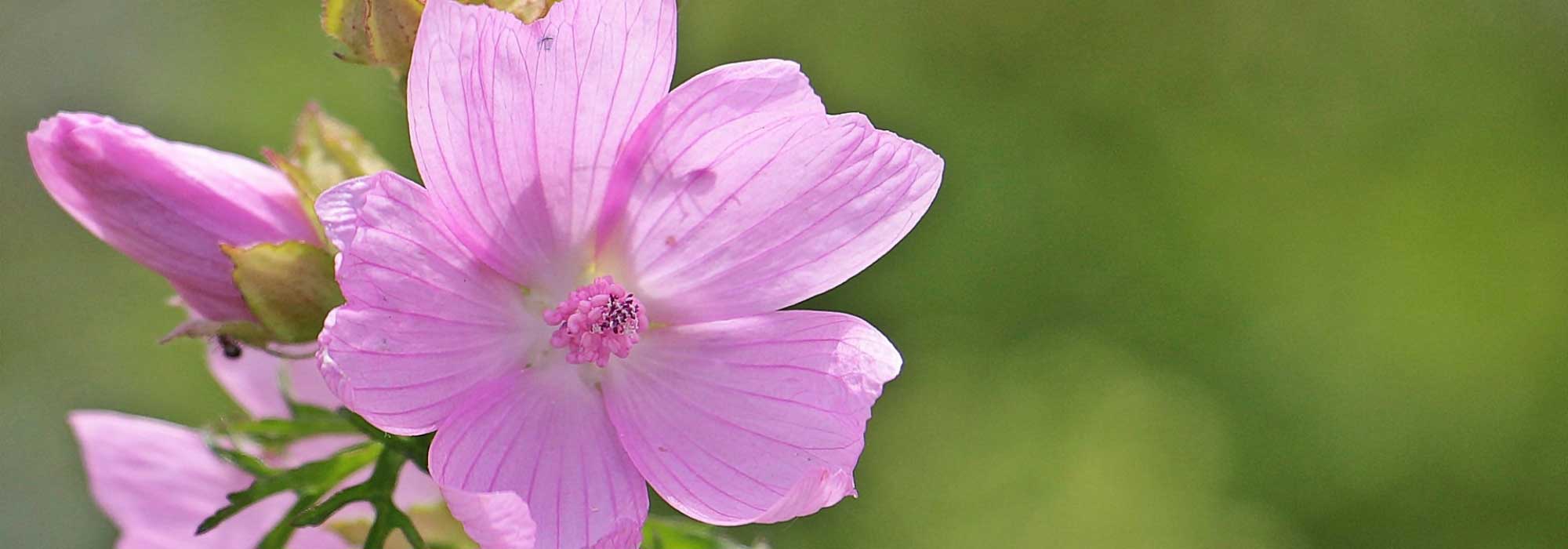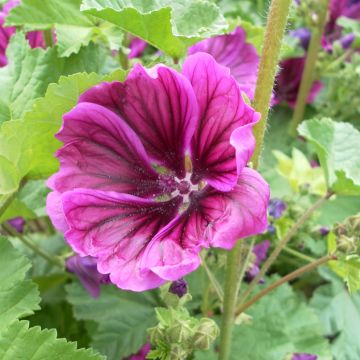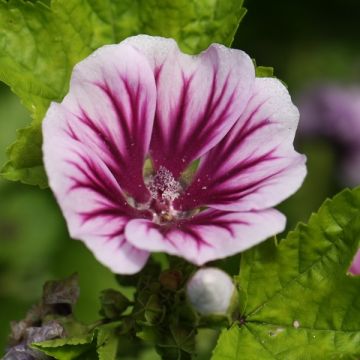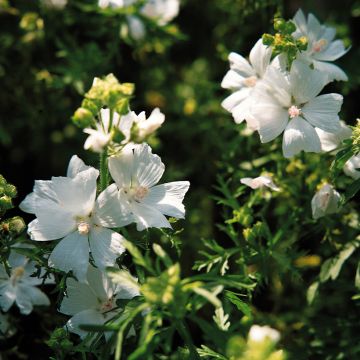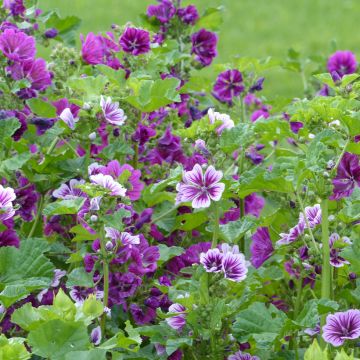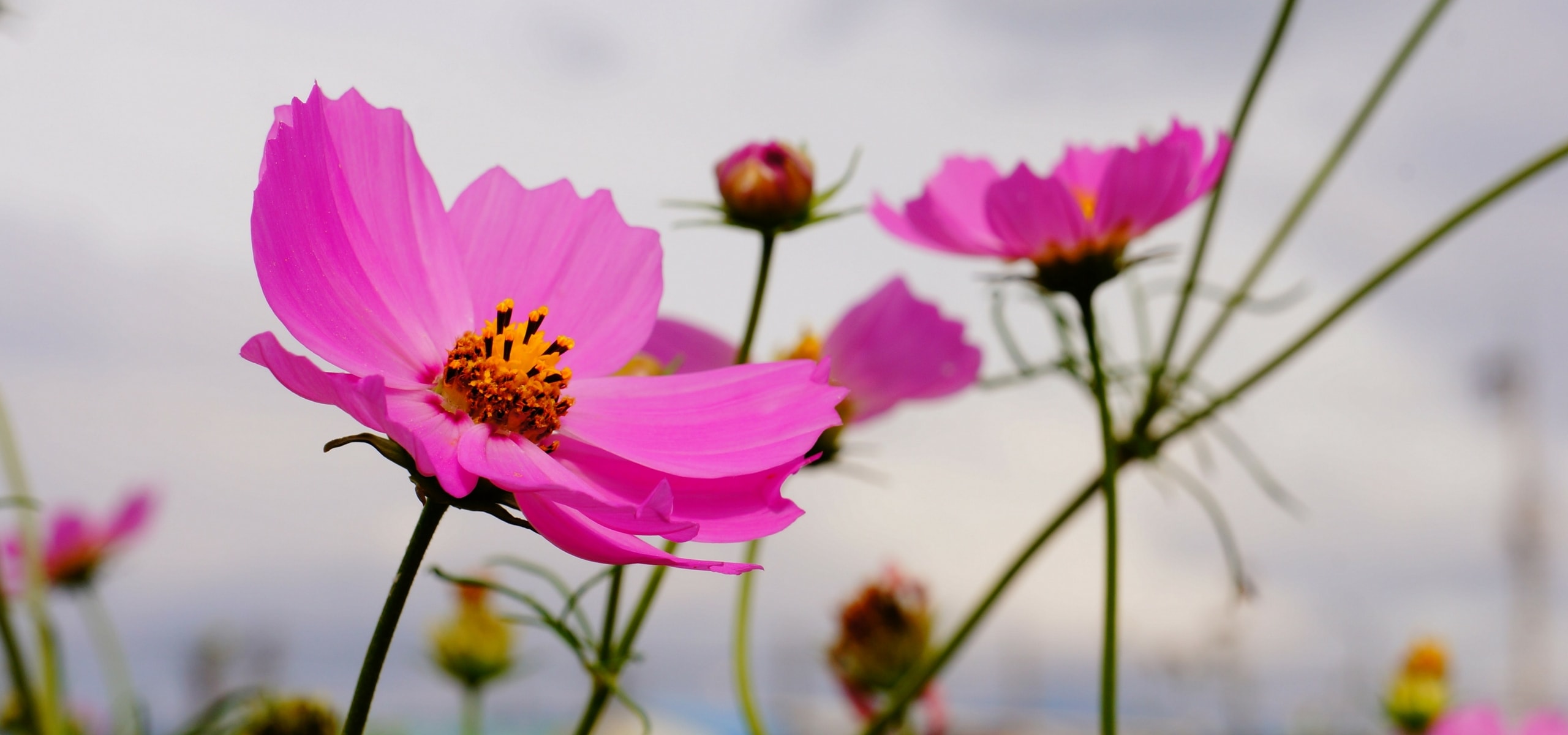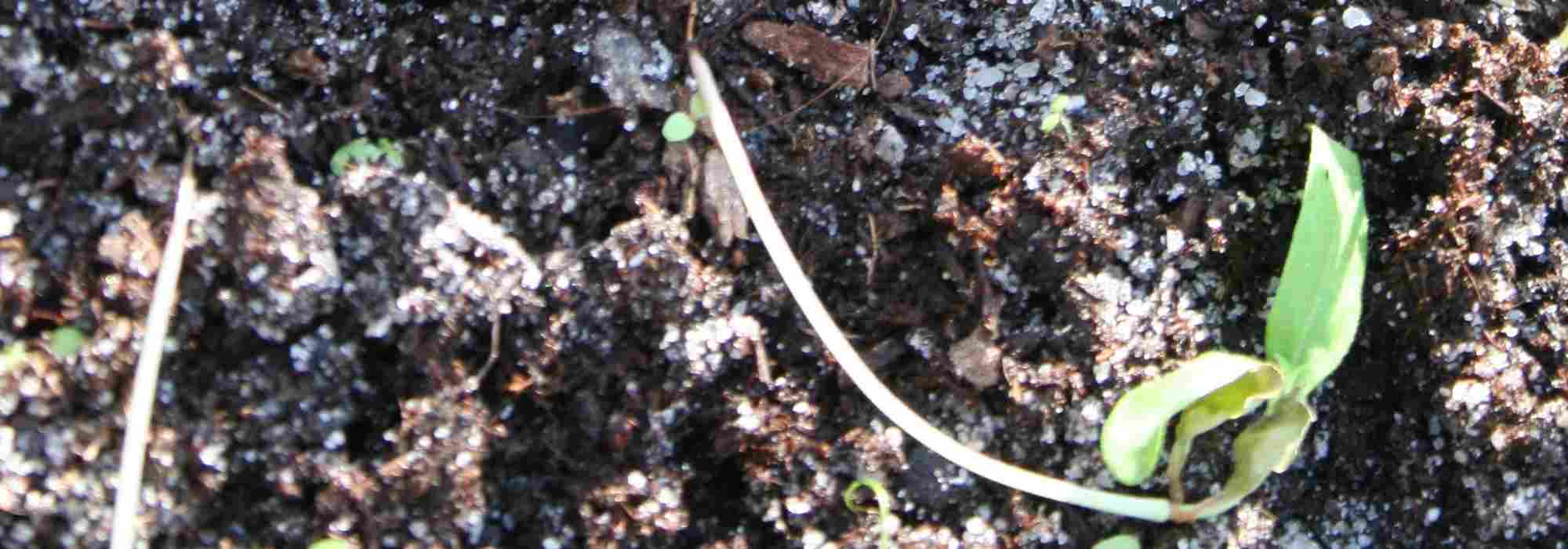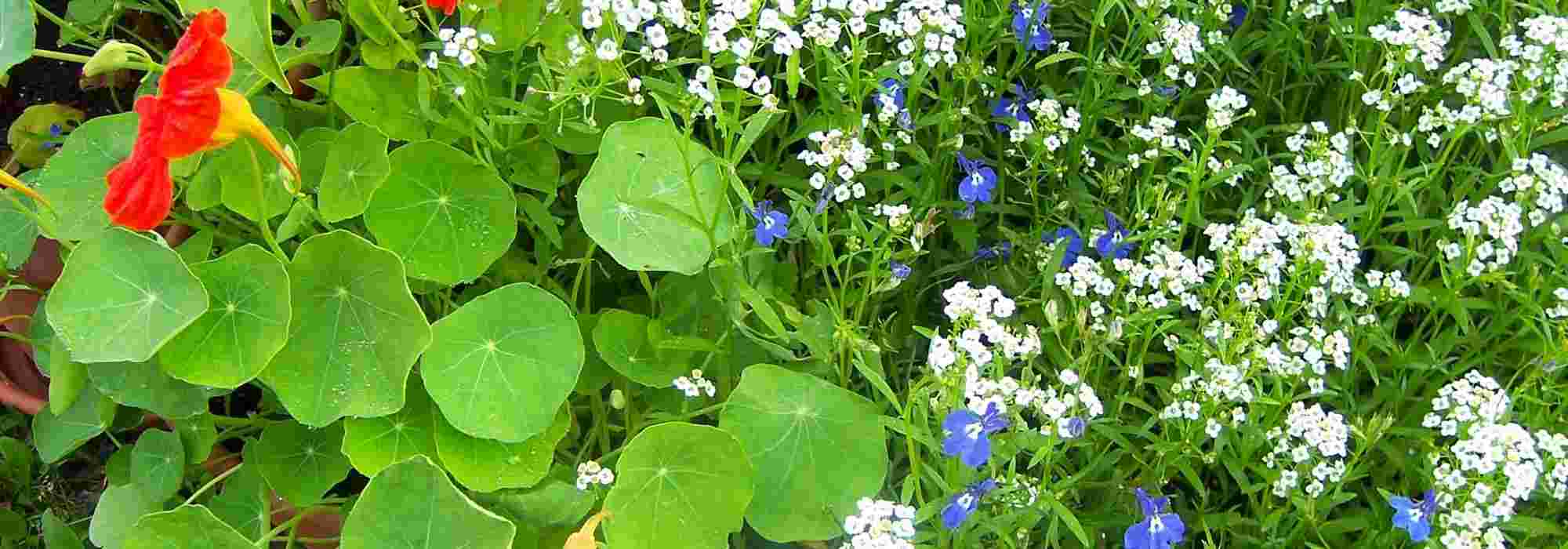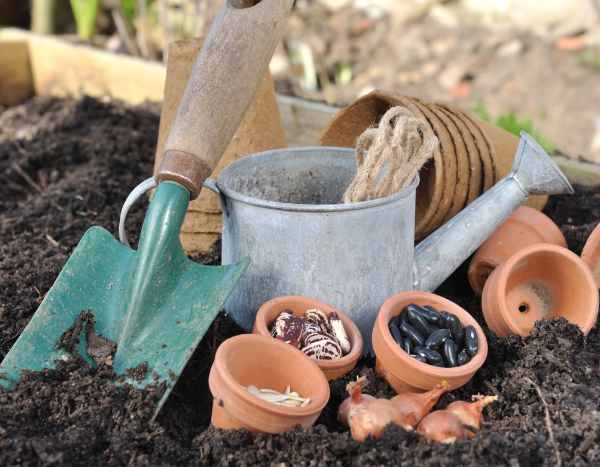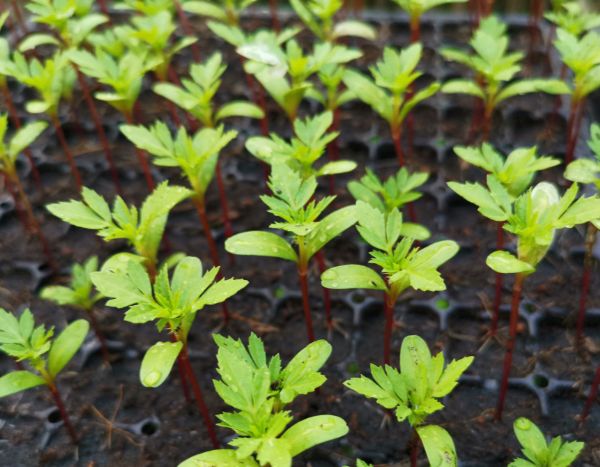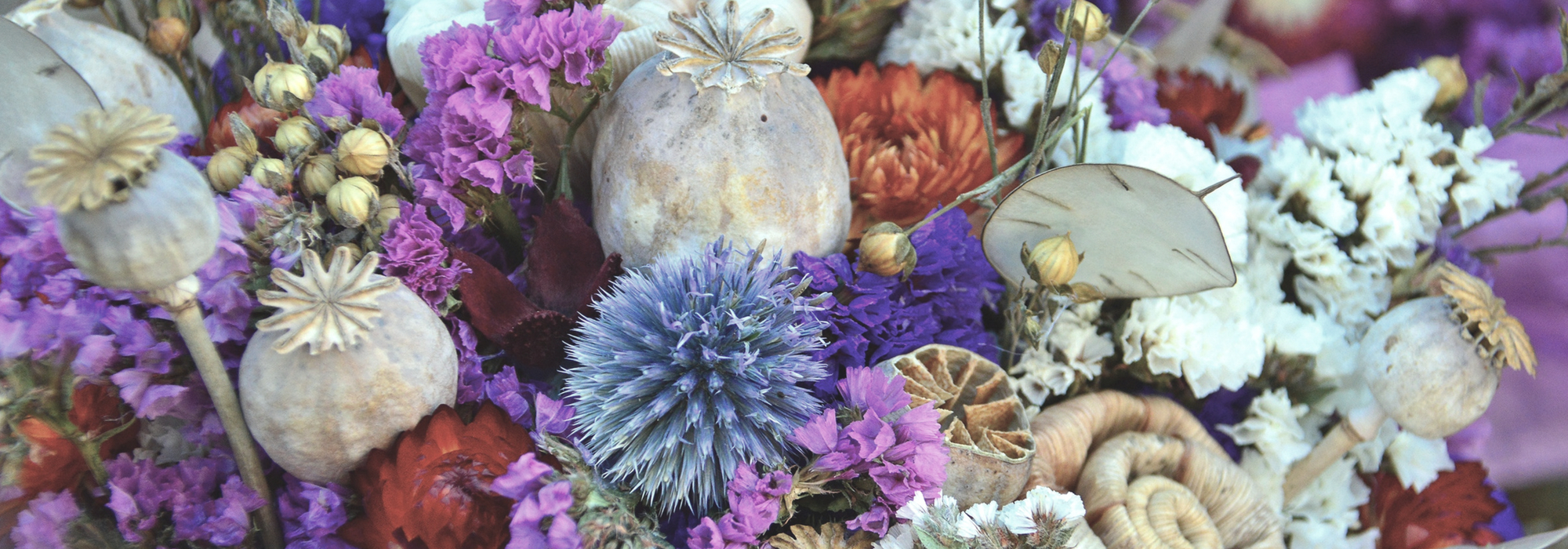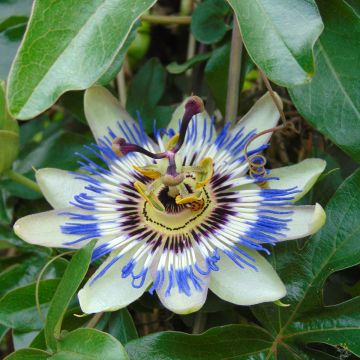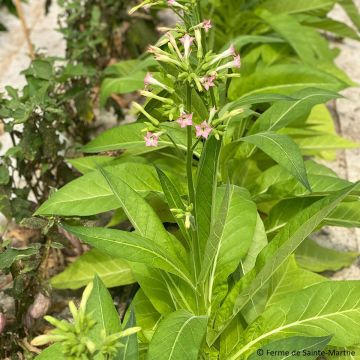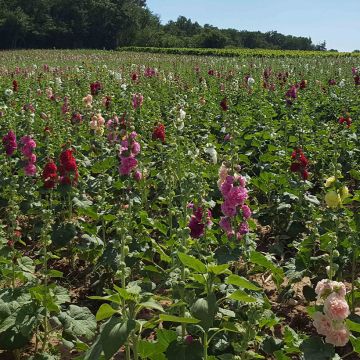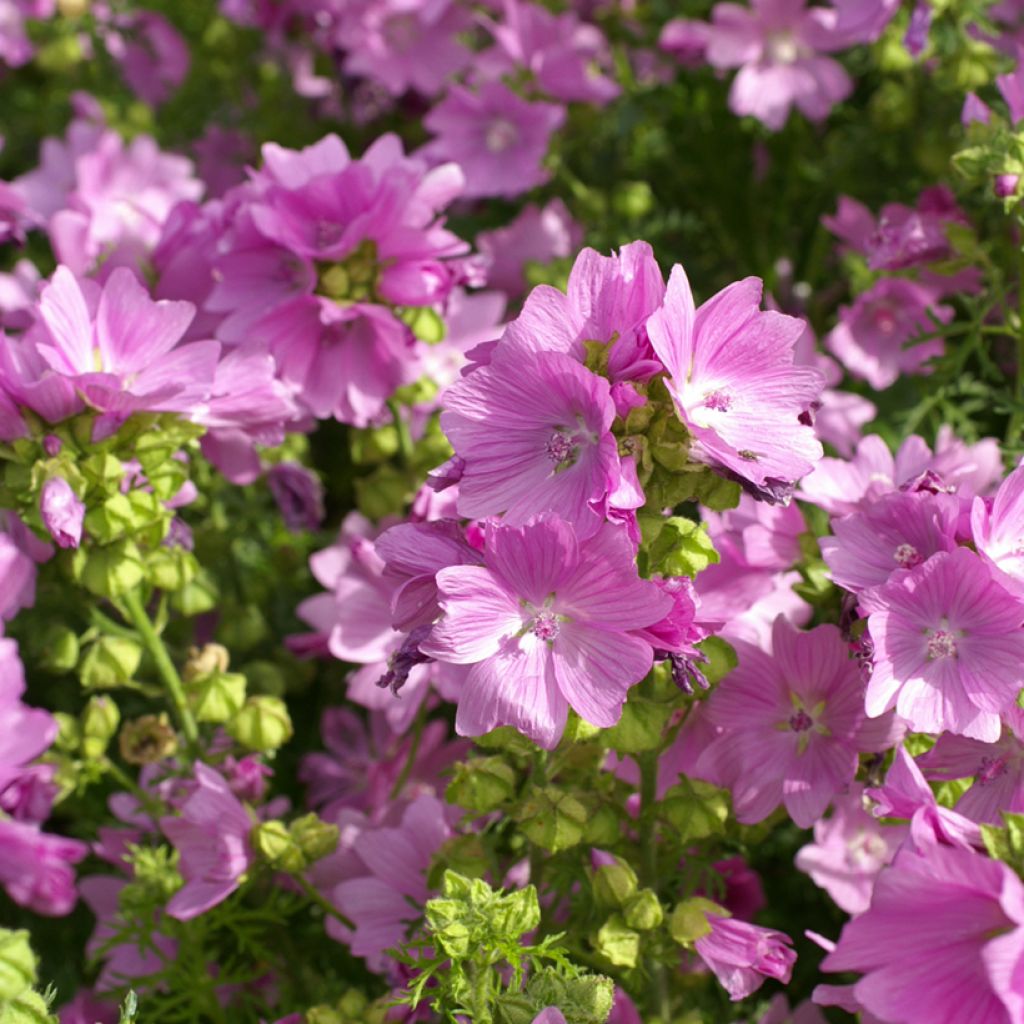

Malva moschata Rosea - seeds
Malva moschata Rosea - seeds
Malva moschata Rosea
Musk Mallow, Musk-mallow
Special offer!
Receive a €20 voucher for any order over €90 (excluding delivery costs, credit notes, and plastic-free options)!
1- Add your favorite plants to your cart.
2- Once you have reached €90, confirm your order (you can even choose the delivery date!).
3- As soon as your order is shipped, you will receive an email containing your voucher code, valid for 3 months (90 days).
Your voucher is unique and can only be used once, for any order with a minimum value of €20, excluding delivery costs.
Can be combined with other current offers, non-divisible and non-refundable.
Home or relay delivery (depending on size and destination)
Schedule delivery date,
and select date in basket
This plant carries a 6 months recovery warranty
More information
We guarantee the quality of our plants for a full growing cycle, and will replace at our expense any plant that fails to recover under normal climatic and planting conditions.
Does this plant fit my garden?
Set up your Plantfit profile →
Description
Malva moschata 'Rosea' is a particularly floriferous pink form of the musk mallow. A short-lived perennial, it quickly forms dense bushes that are covered in summer with beautiful pink, slightly scented flowers. Its lobed and velvety foliage releases a light musky aroma when crushed. This robust and hardy, countryside plant is easy to cultivate and sow in the garden. It will find a place in natural borders, rock gardens, and wild-style flower beds, even in poor and dry soil.
Native to Europe and North Africa, Malva moschata is a herbaceous perennial plant with a taproot and woody base belonging to the mallow family, like marshmallow and hollyhocks. In the wild, it grows spontaneously in dry areas, fallow lands, meadows, or slopes, on non-calcareous soils. The 'Rosea' cultivar is a more floriferous pink form that forms branched clumps 55 to 65 cm tall and 30-40 cm wide when in bloom. Its cup-shaped flowers with 5 petals have a diameter of 4-5 cm and appear from June to September. They are pearly pink veined with a darker tone, and fully open in full sun, revealing a heart of pink stamens. As soon as the light becomes less intense, they close completely. The flowers are numerous and attract pollinators. In humid climates, this plant is sometimes prone to rust, which stains its beautiful narrow and divided, fairly light green, velvety leaves. When crushed, they release a strange, musky scent. The flowers are ollowed by black fruits that ripen and contain seeds. These seeds germinate very easily in light soil.
Musk mallow 'Rosea' is perfect for wild or holiday home gardens, as it grows and self-seeds (not always true to the parent plant) on its own. It can be associated with simple flowers that have the same requirements, such as Echinops ritro, Damask Nigella, Blue Flax, Mallow, Meadow Sage, Malva sylvestris 'Zebrina', and many others. In rock gardens, it will accompany clary sage and red valerian.
Flowering
Foliage
Plant habit
Botanical data
Malva
moschata
Rosea
malvaceae
Musk Mallow, Musk-mallow
Cultivar or hybrid
Other Mallow seeds
View all →Planting and care
Sow musk mallow from February to June or in September-October in pots or containers filled with moist potting soil and cover with a very thin layer of potting soil or vermiculite. Place in a propagator or a warm place and maintain at a constant temperature between 15 and 20°C. Do not block out the light, as it promotes germination. Keep the surface of the soil moist, but not waterlogged; germination usually takes 7 to 21 days.
These plants can also be sown outdoors as soon as the soil warms up (above 10°C), at a depth of 3 mm, in well-prepared soil that has been loosened to a minimum depth of 30 cm. Thin out the seedlings, leaving a spacing of 45 cm between plants.
Transplant the seedlings into 8 cm diameter pots or containers. Gradually acclimatise them to outdoor conditions for 10-15 days before planting them in the ground, after the last frost, with a spacing of 45 cm.
Cultivation:
Musk mallow is a low-maintenance plant that thrives in ordinary, well-drained soil, even poor soil, as long as it is grown in full sun. In overly rich soil, it will be less long-lasting and more prone to diseases like rust. Prune the plant when the first flowers fade. These plants often self-seed spontaneously.
Sowing period
Intended location
Planting & care advice
This item has not been reviewed yet - be the first to leave a review about it.
Similar products
Haven't found what you were looking for?
Hardiness is the lowest winter temperature a plant can endure without suffering serious damage or even dying. However, hardiness is affected by location (a sheltered area, such as a patio), protection (winter cover) and soil type (hardiness is improved by well-drained soil).

Photo Sharing Terms & Conditions
In order to encourage gardeners to interact and share their experiences, Promesse de fleurs offers various media enabling content to be uploaded onto its Site - in particular via the ‘Photo sharing’ module.
The User agrees to refrain from:
- Posting any content that is illegal, prejudicial, insulting, racist, inciteful to hatred, revisionist, contrary to public decency, that infringes on privacy or on the privacy rights of third parties, in particular the publicity rights of persons and goods, intellectual property rights, or the right to privacy.
- Submitting content on behalf of a third party;
- Impersonate the identity of a third party and/or publish any personal information about a third party;
In general, the User undertakes to refrain from any unethical behaviour.
All Content (in particular text, comments, files, images, photos, videos, creative works, etc.), which may be subject to property or intellectual property rights, image or other private rights, shall remain the property of the User, subject to the limited rights granted by the terms of the licence granted by Promesse de fleurs as stated below. Users are at liberty to publish or not to publish such Content on the Site, notably via the ‘Photo Sharing’ facility, and accept that this Content shall be made public and freely accessible, notably on the Internet.
Users further acknowledge, undertake to have ,and guarantee that they hold all necessary rights and permissions to publish such material on the Site, in particular with regard to the legislation in force pertaining to any privacy, property, intellectual property, image, or contractual rights, or rights of any other nature. By publishing such Content on the Site, Users acknowledge accepting full liability as publishers of the Content within the meaning of the law, and grant Promesse de fleurs, free of charge, an inclusive, worldwide licence for the said Content for the entire duration of its publication, including all reproduction, representation, up/downloading, displaying, performing, transmission, and storage rights.
Users also grant permission for their name to be linked to the Content and accept that this link may not always be made available.
By engaging in posting material, Users consent to their Content becoming automatically accessible on the Internet, in particular on other sites and/or blogs and/or web pages of the Promesse de fleurs site, including in particular social pages and the Promesse de fleurs catalogue.
Users may secure the removal of entrusted content free of charge by issuing a simple request via our contact form.
The flowering period indicated on our website applies to countries and regions located in USDA zone 8 (France, the United Kingdom, Ireland, the Netherlands, etc.)
It will vary according to where you live:
- In zones 9 to 10 (Italy, Spain, Greece, etc.), flowering will occur about 2 to 4 weeks earlier.
- In zones 6 to 7 (Germany, Poland, Slovenia, and lower mountainous regions), flowering will be delayed by 2 to 3 weeks.
- In zone 5 (Central Europe, Scandinavia), blooming will be delayed by 3 to 5 weeks.
In temperate climates, pruning of spring-flowering shrubs (forsythia, spireas, etc.) should be done just after flowering.
Pruning of summer-flowering shrubs (Indian Lilac, Perovskia, etc.) can be done in winter or spring.
In cold regions as well as with frost-sensitive plants, avoid pruning too early when severe frosts may still occur.
The planting period indicated on our website applies to countries and regions located in USDA zone 8 (France, United Kingdom, Ireland, Netherlands).
It will vary according to where you live:
- In Mediterranean zones (Marseille, Madrid, Milan, etc.), autumn and winter are the best planting periods.
- In continental zones (Strasbourg, Munich, Vienna, etc.), delay planting by 2 to 3 weeks in spring and bring it forward by 2 to 4 weeks in autumn.
- In mountainous regions (the Alps, Pyrenees, Carpathians, etc.), it is best to plant in late spring (May-June) or late summer (August-September).
The harvesting period indicated on our website applies to countries and regions in USDA zone 8 (France, England, Ireland, the Netherlands).
In colder areas (Scandinavia, Poland, Austria...) fruit and vegetable harvests are likely to be delayed by 3-4 weeks.
In warmer areas (Italy, Spain, Greece, etc.), harvesting will probably take place earlier, depending on weather conditions.
The sowing periods indicated on our website apply to countries and regions within USDA Zone 8 (France, UK, Ireland, Netherlands).
In colder areas (Scandinavia, Poland, Austria...), delay any outdoor sowing by 3-4 weeks, or sow under glass.
In warmer climes (Italy, Spain, Greece, etc.), bring outdoor sowing forward by a few weeks.






























